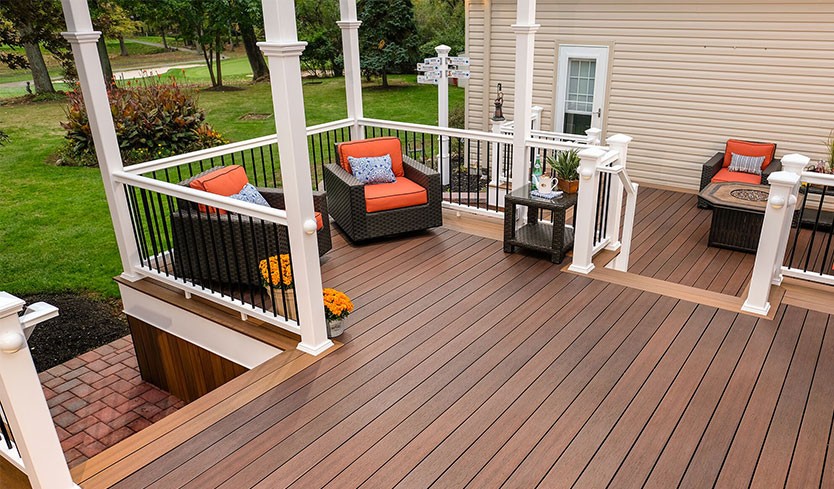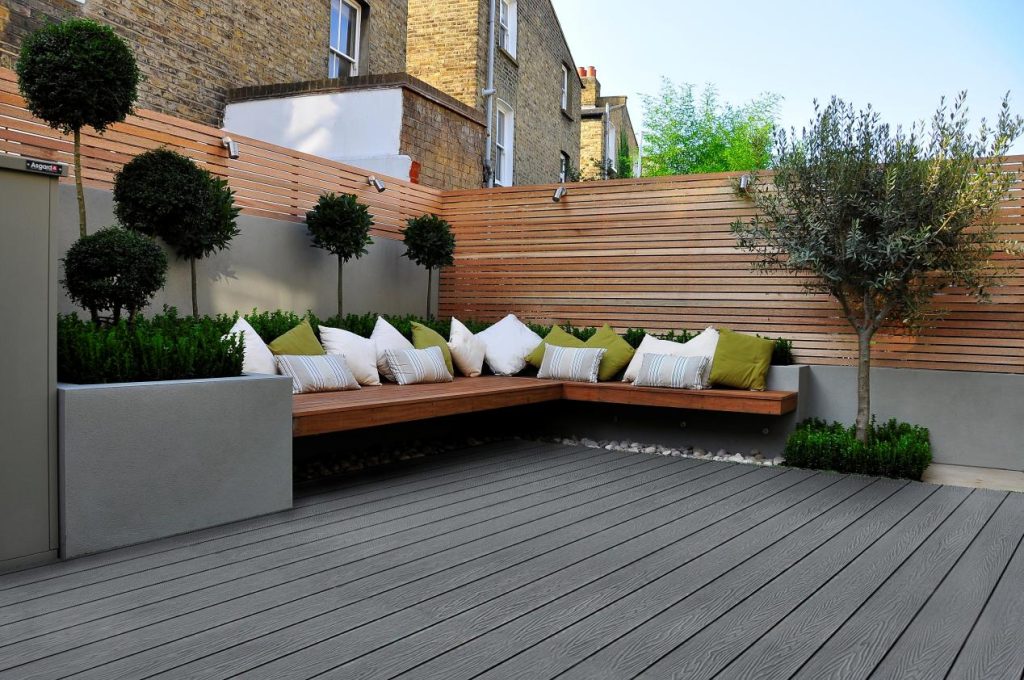Exterior wall cladding panels play a crucial role in Australian construction, offering protection, insulation, and aesthetic appeal. Whether for residential, commercial, or industrial buildings, choosing the right exterior wall cladding panels Australia is essential due to the country’s diverse climate conditions. This article explores the popular types of external cladding panels, their features, the impact of Australia’s weather, and how to select the best option for your project.
Table of Contents
Popular Types of Exterior Wall Cladding Panels in Australia
Timber Cladding
Timber cladding is a classic and environmentally friendly choice that provides a natural aesthetic. Common timber varieties used in Australia include:
- Hardwood (e.g., Blackbutt, Spotted Gum) – Known for durability and termite resistance.
- Softwood (e.g., Pine, Cedar) – Lightweight and cost-effective but requires regular maintenance.
- Composite Timber – A mix of wood fibers and resin, offering greater durability and minimal maintenance.
✅ Pros: Natural look, sustainable, good insulation.
❌ Cons: Requires maintenance, can be susceptible to termites if not treated.
Brick Cladding
Brick is a long-standing cladding material in Australia, valued for its strength and traditional appearance. Brick cladding can be solid brick, brick veneer, or brick slips that mimic traditional brick walls but are lighter and easier to install.
✅ Pros: Fire-resistant, long-lasting, low maintenance.
❌ Cons: Higher cost, requires professional installation.
Metal Cladding (Aluminium & Steel)
Metal cladding, including aluminium and Colorbond steel, is widely used for its modern look and durability.
- Aluminium Cladding – Lightweight, corrosion-resistant, and available in various finishes.
- Colorbond Steel Cladding – A popular choice due to its durability and availability in various colors.
✅ Pros: Weather-resistant, low maintenance, sleek appearance.
❌ Cons: Can be noisy in heavy rain, more expensive than some alternatives.
Fibre Cement Cladding
Fibre cement is a versatile and cost-effective cladding material made from a mixture of cement, sand, and cellulose fibers. James Hardie cladding is one of the most well-known brands in Australia.
✅ Pros: Fire-resistant, durable, termite-proof.
❌ Cons: Can be heavy, requires painting or sealing.
Vinyl Cladding
Vinyl cladding is a budget-friendly and low-maintenance option that is particularly popular in residential homes.
✅ Pros: Affordable, easy to install, resistant to rot and insects.
❌ Cons: Can fade over time, may not be as durable as other materials.
Stone Cladding
Stone cladding offers a premium and timeless look. Natural stones such as sandstone, granite, and slate are commonly used in high-end projects.
✅ Pros: Elegant appearance, durable, fire-resistant.
❌ Cons: Expensive, heavy, requires professional installation.
uPVC (Unplasticized Polyvinyl Chloride) Cladding
uPVC cladding is a modern option that mimics traditional wood but is entirely waterproof and resistant to pests.
✅ Pros: Low maintenance, weather-resistant, energy-efficient.
❌ Cons: Limited color options, may not suit all architectural styles.
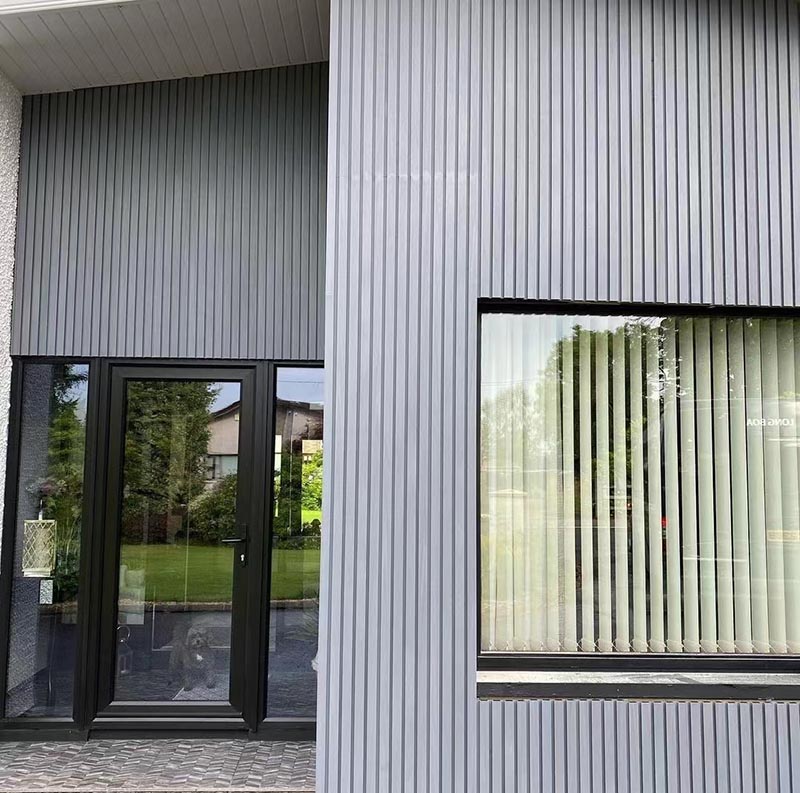
Key Features of External Cladding Panels in Australia
When selecting external cladding panels in Australia, it is essential to consider the following features:
Weather Resistance
Australia has varying climatic conditions, including high heat, heavy rainfall, and coastal salt exposure. Cladding must be able to withstand these elements.
Thermal Insulation
Good thermal performance helps reduce heating and cooling costs. Some materials like fibre cement and insulated metal panels offer excellent thermal efficiency.
Fire Resistance
In bushfire-prone areas, fire-resistant cladding is crucial. Fibre cement, brick, and metal cladding are ideal for such regions.
Aesthetic Appeal
Cladding significantly impacts the visual appeal of a building. Consider textures, colors, and architectural styles when choosing.
Maintenance Requirements
Some materials, like vinyl and metal cladding, require little maintenance, whereas timber and stone need regular care.
Environmental Impact
Sustainable options like recycled timber, composite materials, and fibre cement are gaining popularity in eco-conscious construction.
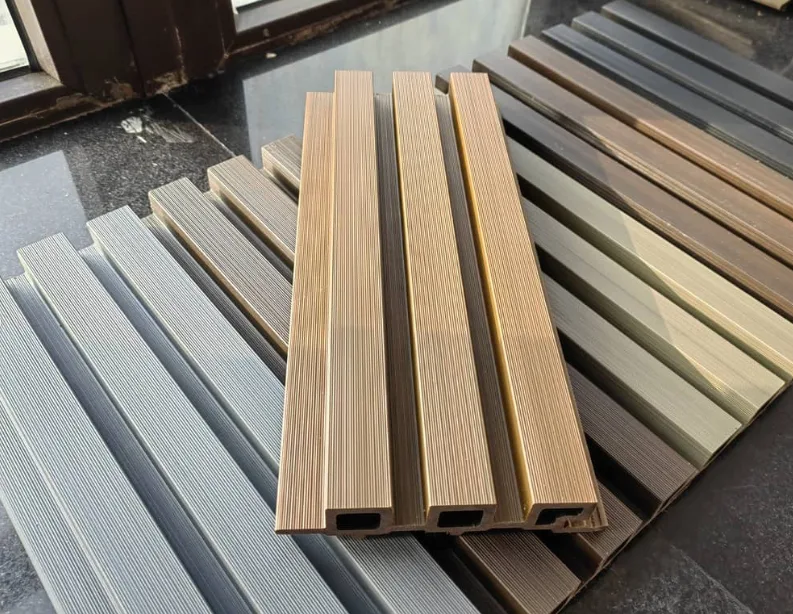
Understanding Australia's Weather Conditions and Their Impact on Cladding
Australia’s diverse climate conditions require careful selection of external wall panels to ensure durability, functionality, and protection. The country experiences a wide range of weather patterns, from extreme heat in the central regions to high humidity in coastal zones, and even the potential for bushfires in some areas.
Hot and Dry Climates (e.g., Central Australia, Outback Regions)
- Best Materials: Brick, fibre cement, stone cladding (resistant to high temperatures).
- Avoid: Timber (can dry out and crack under extreme heat).
In hot and dry climates, such as Central Australia and the Outback, materials like brick, fibre cement, and stone cladding are highly recommended. These materials can withstand intense heat and offer strong insulation, preventing heat buildup inside the home. Timber, however, is not ideal for such conditions, as it can dry out and crack under the scorching sun.
Coastal Areas (e.g., Sydney, Brisbane, Perth, Gold Coast)
- Best Materials: Aluminium, fibre cement, uPVC (resistant to salt corrosion).
- Avoid: Steel (unless properly treated for corrosion resistance).
In coastal areas like Sydney, Brisbane, and Perth, where salt corrosion from ocean breezes is prevalent, aluminium, fibre cement, and uPVC are the best choices. These materials are highly resistant to corrosion, making them ideal for homes near the sea. Steel, while durable, can corrode quickly if not treated properly with a protective coating.
Bushfire-Prone Areas (e.g., Victoria, New South Wales, South Australia)
- Best Materials: Fibre cement, metal, brick (fire-resistant options).
- Avoid: Timber and vinyl (flammable materials).
For bushfire-prone regions, such as parts of Victoria, New South Wales, and South Australia, selecting fire-resistant materials is crucial. Fibre cement, metal, and brick cladding provide excellent fire protection, while timber and vinyl, being highly flammable, should be avoided in these areas.
Cold and Wet Climates (e.g., Tasmania, Melbourne)
- Best Materials: Fibre cement, brick, metal cladding (moisture-resistant).
- Avoid: Untreated wood (can rot due to excessive moisture).
In cold and wet climates, such as Tasmania and Melbourne, moisture-resistant materials like fibre cement, brick, and metal cladding are essential to prevent water damage and mould growth. Untreated wood should be avoided in these regions due to its tendency to rot when exposed to excessive moisture.
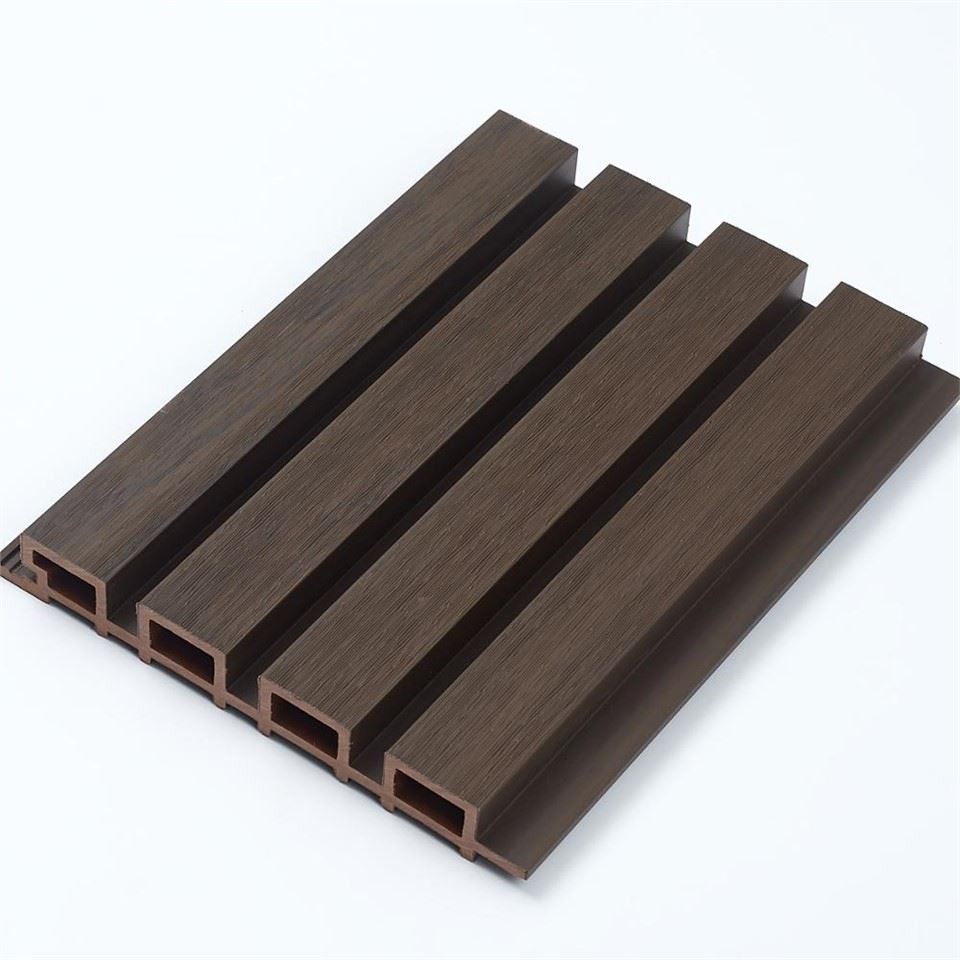
How to Choose the Right Exterior Wall Cladding Panels in Australia
When selecting exterior wall panels in Australia, it’s essential to consider factors such as durability, aesthetics, climate compatibility, and maintenance. Here’s a detailed guide to help you make the right choice:
Identify Your Needs
- Determine your primary requirements: Are you looking for better insulation, fire resistance, or simply an aesthetically pleasing design?
- Assess whether acoustic insulation is necessary, especially for homes near busy roads.
- Set a budget that includes both material costs and installation expenses. Some materials may be cheap initially but costly to install.
Consider the Local Climate
- Hot and dry regions: Opt for materials that resist heat and UV radiation, such as brick, fibre cement, and stone.
- Coastal areas: Choose aluminium, stainless steel, or fibre cement to prevent corrosion from salt exposure.
- Wet and humid climates: Look for moisture-resistant options like vinyl, treated timber, or metal cladding.
- Bushfire-prone zones: Ensure materials comply with BAL (Bushfire Attack Level) ratings, such as fibre cement, brick, or metal.
Durability & Longevity
- Select materials with high weather resistance to reduce wear and tear over time.
- Brick and fibre cement last for decades with minimal maintenance, while timber requires regular sealing.
- Factor in potential issues like fading, cracking, or warping under extreme weather conditions.
Installation Requirements
- Some materials, like brick or stone, require professional installation, which can increase labor costs.
- Lightweight options, such as vinyl and composite panels, allow for easier and faster installation.
- If using prefabricated cladding panels, check compatibility with your building structure.
Maintenance Commitment
- If you prefer low-maintenance cladding, choose fibre cement, vinyl, or metal, which require minimal upkeep.
- Timber cladding needs frequent sealing, painting, or staining to prevent moisture damage.
- Stone and brick are highly durable but may need occasional cleaning to remove dirt and moss buildup.
Sustainability
- Choose eco-friendly options such as composite timber, recycled metal, or fibre cement.
- Look for energy-efficient insulated panels to improve temperature regulation and reduce energy costs.
- Verify if the material is certified sustainable, such as FSC-certified timber or products with a high recycled content.
- By considering these factors, you can select the best external wall cladding panels in Australia to match your climate, design preferences, and long-term maintenance goals.
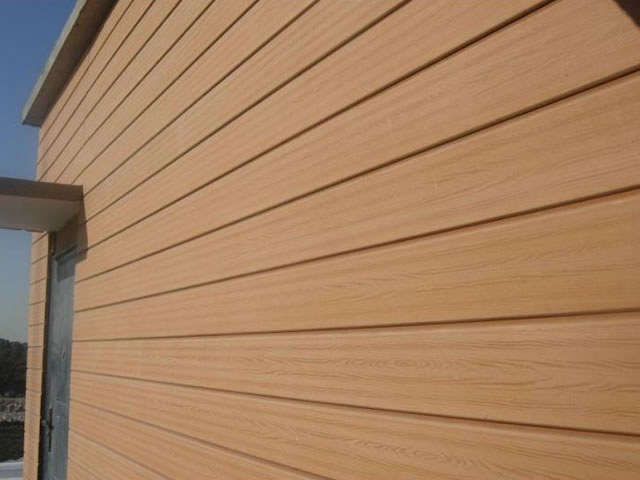
Conclusion
Choosing the right exterior wall cladding panels in Australia from Hosung Deck is essential for protecting buildings from the country’s extreme climate while maintaining aesthetic appeal and energy efficiency. Whether you prefer timber, metal, fibre cement, brick, vinyl, stone, or uPVC cladding, each material has its benefits and drawbacks. Consider factors such as weather resistance, fire rating, insulation, maintenance, and sustainability to make an informed decision.
By selecting the best external wall panels in Australia, you can enhance your property’s durability, energy efficiency, and visual appeal while ensuring long-term protection against the elements.


